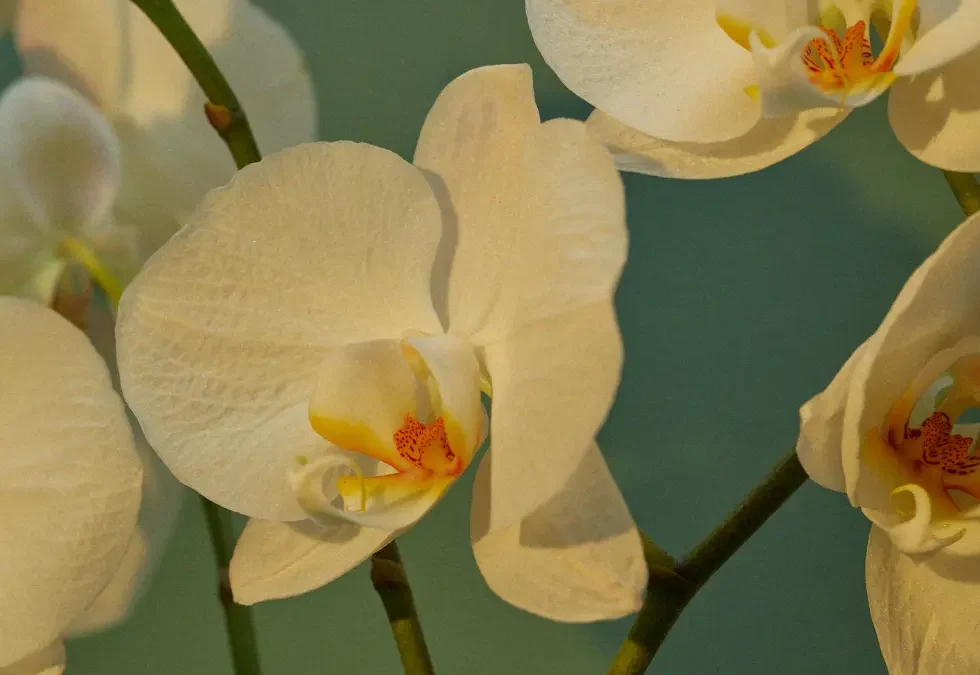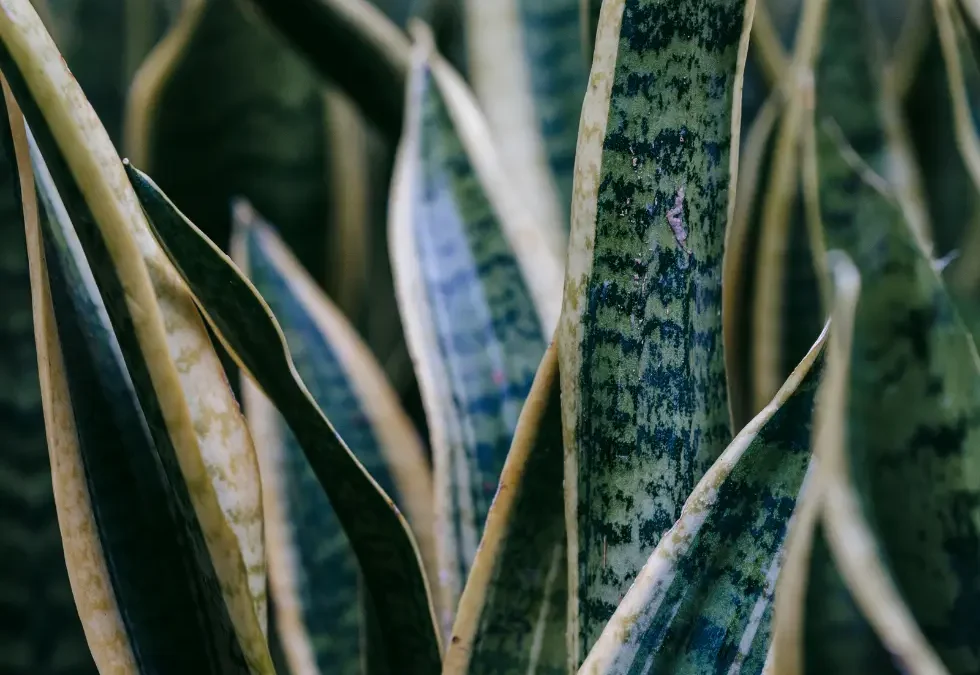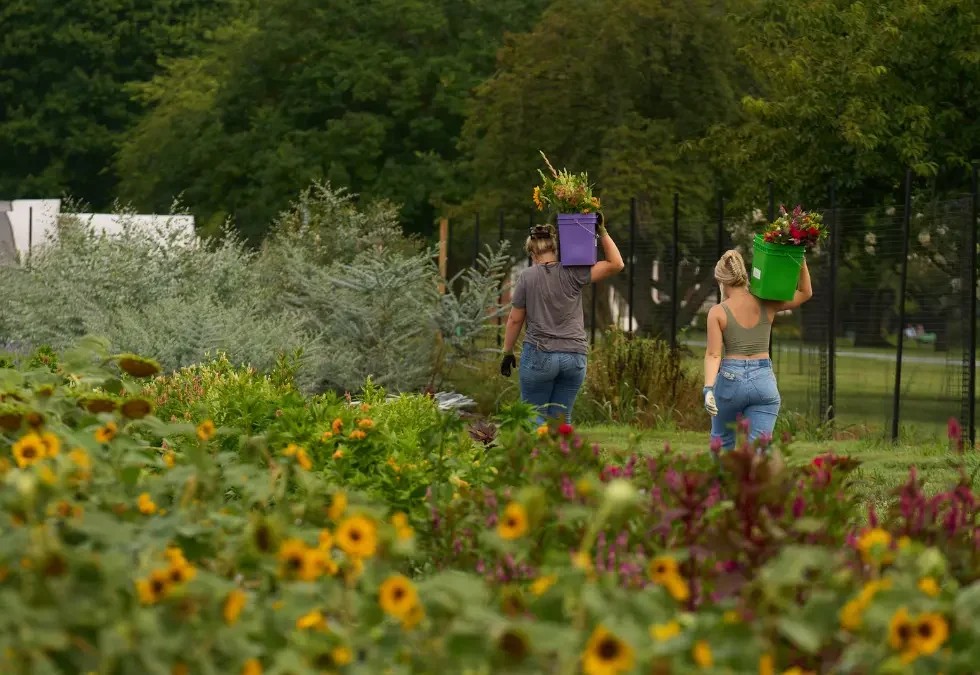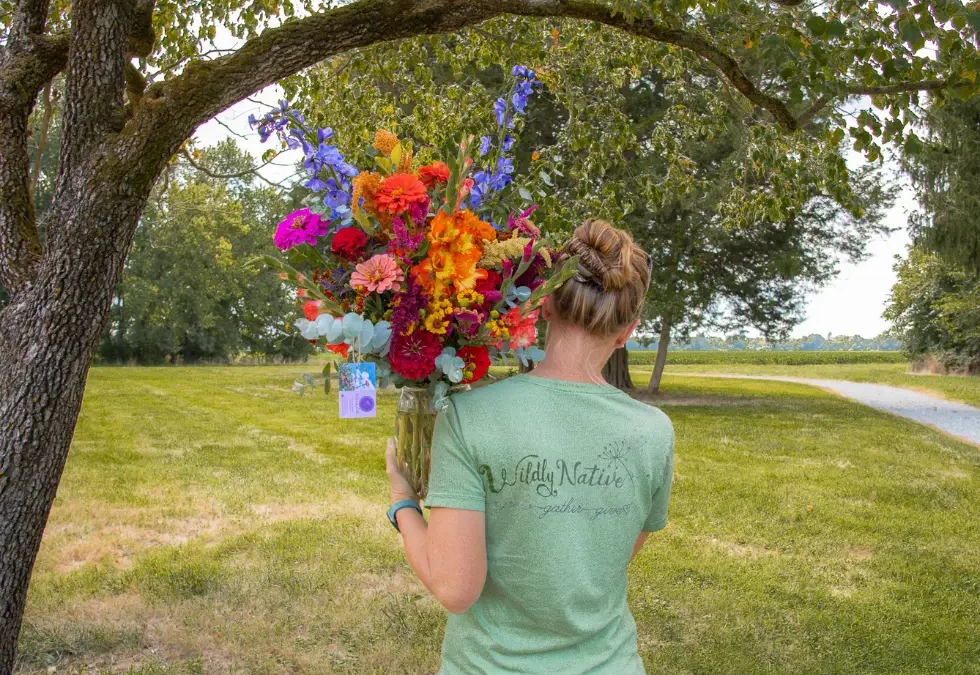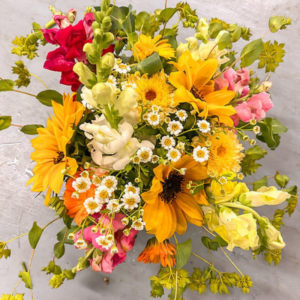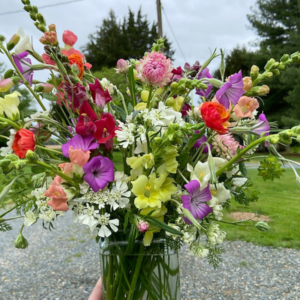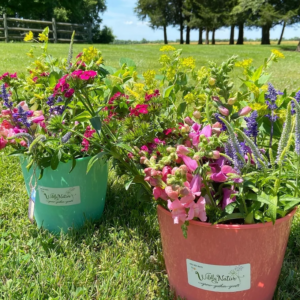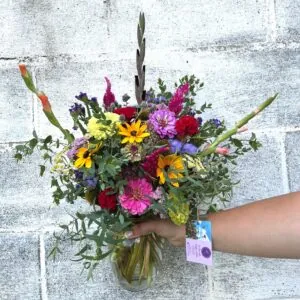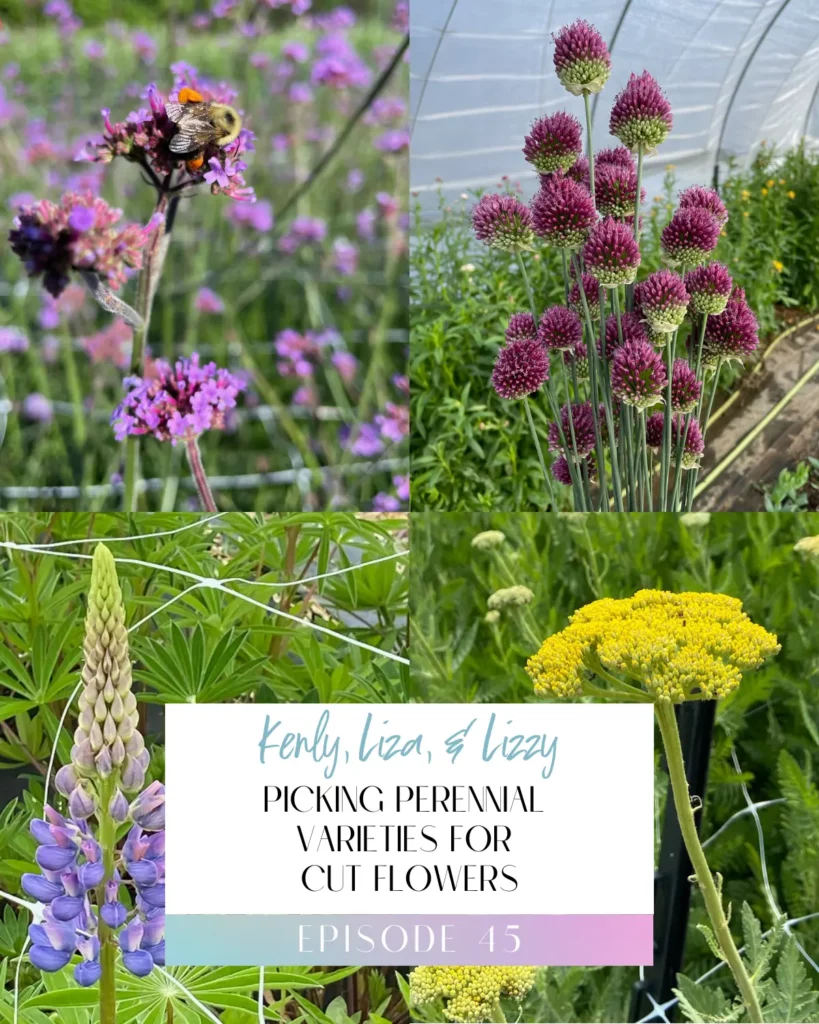
When it comes to growing cut flowers, perennials are an investment that keeps on giving. These steadfast bloomers come back year after year, bringing beauty and structure to flower fields and bouquets alike. In Episode 45 of The Flower Files podcast, Liza, Lizzy and Kenly dive into the joys and challenges of selecting perennial varieties for cut flowers.
If you’re considering adding perennials to your garden or flower farm, here are the key takeaways and expert tips from their lively discussion.
The Perennial Advantage: Why They’re Worth the Investment for Cut Flowers
Perennials, such as peonies and eryngium, require a bit more upfront planning and cost compared to annuals. However, their long-term rewards make them a favorite for seasoned flower growers. Peonies, for instance, can produce more stems with each passing year, creating a lush and dependable harvest.
Pro Tip: While perennials like peonies thrive with care and time, their success also depends on understanding how they react to seasonal changes. For instance, harsh heat or rapid temperature shifts can impact bloom quality and timing.
Choosing the Right Varieties
Not all perennials are created equal—especially when it comes to cut flowers. Selecting the right variety ensures the blooms fit both your aesthetic goals and practical needs.
- Eryngium (Sea Holly): This versatile perennial offers a range of hues, from silvery blue to vibrant purple, and features unique textures that deer surprisingly love despite their spiky nature.
- Hellebores: Perfect for shaded areas, these early bloomers are as hardy as they are stunning.
- Poppies: Bread seed poppies with large, show-stopping blooms are a favorite—but knowing when to cut them is critical for longevity.
Pro Tip: Trial new perennials in small sections to see how they perform in your climate before committing to large-scale planting.
Dealing with Perennial Challenges
Perennials can be tricky—they often demand patience and come with their own set of challenges. For instance, mint is notorious for taking over any garden, while yarrow’s invasive tendencies can wreak havoc if not properly managed.
Solutions from the Wildly Native Team:
- Use landscape fabric between rows to control spreading plants like mint.
- Remove invasive seed heads before they drop to prevent unwanted volunteers in future seasons.
- Be cautious about varieties like yarrow or sedum that might not perform as expected in your region.
Maintenance with Perennials for Cut Flowers Is Key!
Perennials require ongoing care to thrive. From cutting back foliage to dividing plants for better airflow, maintenance ensures healthy growth year after year.
- Spacing Matters: Plants like helenium and heliopsis, with their sunflower-like blooms, need room to grow and expand.
- Seasonal Cleanup: Dead foliage and spent blooms should be cleared to prevent disease and encourage robust regrowth.
Supporting Wildlife
One unexpected perk of perennials? They create a natural ecosystem that benefits pollinators and local wildlife. The Wildly Native crew notes how their fields become a haven for bees, birds, and even the occasional hawk.
Leaving seed heads in the field during the off-season provides food for finches and other birds, creating a harmonious cycle of growth and sustainability.
Lessons Learned the Hard Way
Mistakes happen—and the team at Wildly Native Flower Farm isn’t afraid to admit it. From planting invasive species to struggling with deer and foxes, they’ve learned through experience how to adapt their growing practices.
Biggest Takeaway: Always research the growth habits of a perennial before planting, especially if it’s a species known for aggressive spreading.
Looking Ahead: Trial and Error
The Wildly Native Flower Farm team is constantly experimenting with new perennials, testing their adaptability, and refining their processes. Whether it’s expanding into shade-loving varieties like ferns and hostas or perfecting their mulching methods, they approach each season with curiosity and enthusiasm.
Ready to Start Growing Perennials for Cut Flowers?
Adding perennials to your garden or flower farm is a rewarding journey that requires planning, patience, and a bit of trial and error. Start small, do your research, and learn from seasoned growers like the team at Wildly Native Flower Farm.
For more tips, insights, and behind-the-scenes stories, listen to the full episode of The Flower Files and stay tuned for updates on their latest floral adventures.


